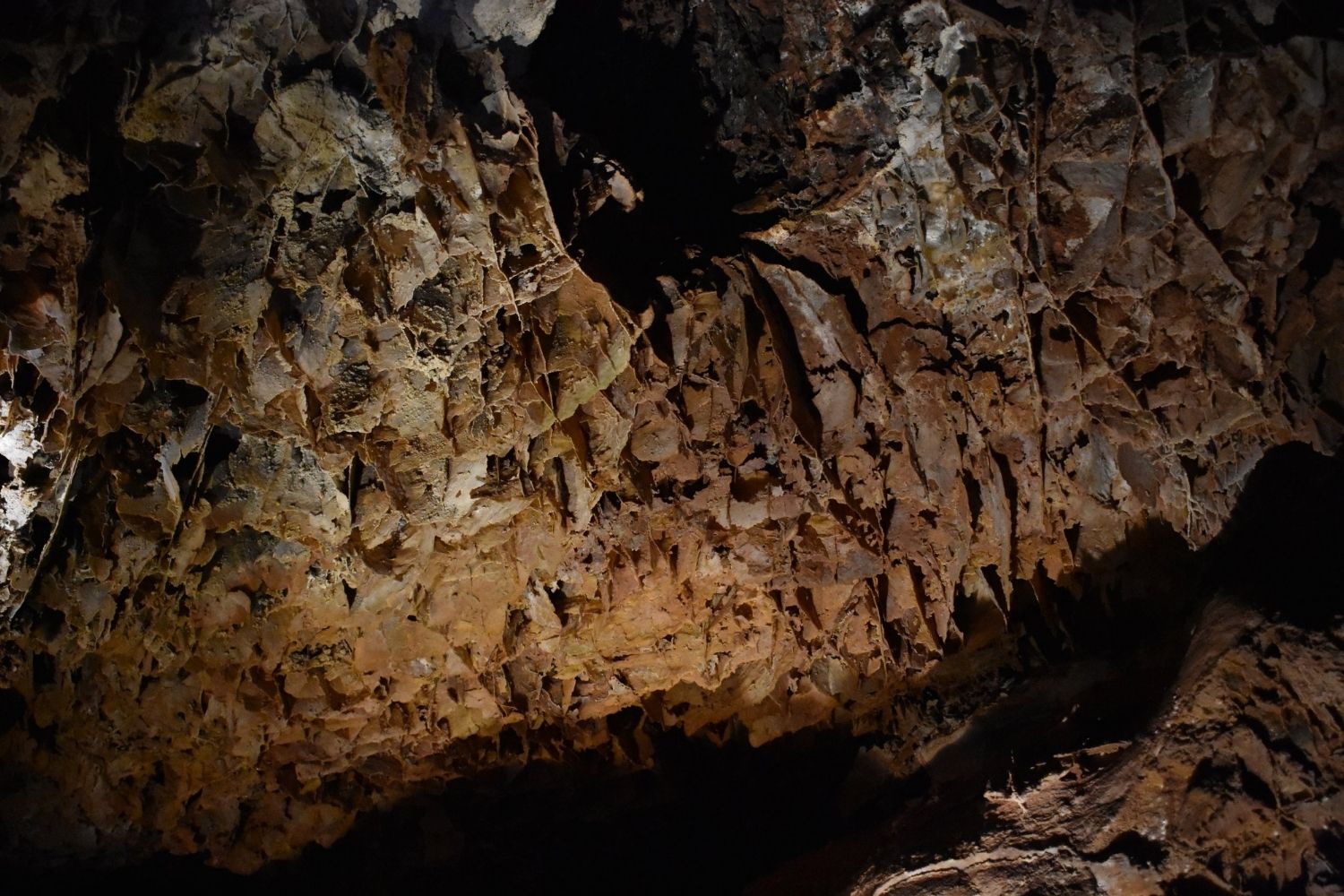Mysteries Of Wind Cave Calcite Formations

Have you ever wondered how Wind Cave calcite formations came to be? These stunning natural structures, found in South Dakota, are a marvel of geology. Formed over millions of years, they offer a glimpse into Earth's ancient past. The cave's unique boxwork formations, made of calcite, are among the rarest in the world. As water seeps through limestone, it leaves behind calcite deposits, creating intricate patterns. Exploring these formations feels like stepping into another world. Whether you're a geology enthusiast or just curious, learning about Wind Cave's calcite formations can be both fascinating and educational. Ready to dive in?
What Makes Wind Cave Unique?
Wind Cave, located in South Dakota, is one of the longest and most complex caves in the world. Its unique calcite formations, known as boxwork, make it a fascinating destination for geologists and tourists alike. Let's explore some of the most intriguing calcite formations found within this natural wonder.
Boxwork: The Signature Formation
Boxwork is the most famous calcite formation in Wind Cave. It consists of thin blades of calcite that intersect at various angles, creating a honeycomb-like pattern. This formation is rare and primarily found in Wind Cave.
Post Office Boxwork: This area showcases some of the most intricate and well-preserved boxwork in the cave. The delicate patterns resemble a post office's mail slots, hence the name.
Fairgrounds Boxwork: Located in a large chamber, this boxwork formation is extensive and impressive. The sheer size and complexity of the patterns make it a must-see.
Frostwork: Delicate Beauty
Frostwork formations are delicate, needle-like crystals of calcite that resemble frost on a windowpane. These formations are fragile and require specific conditions to form.
Frostwork Forest: This section of the cave is filled with frostwork formations that look like a forest of tiny, sparkling trees. The crystals glisten in the light, creating a magical atmosphere.
Crystal Palace: Aptly named, this area features an abundance of frostwork formations that create a palace-like appearance. The intricate crystals are a testament to nature's artistry.
Popcorn: A Unique Texture
Popcorn formations, also known as cave popcorn, are small, knobby clusters of calcite that resemble popped corn kernels. These formations are common in many caves but are particularly abundant in Wind Cave.
Popcorn Alley: This passageway is lined with popcorn formations, giving it a bumpy texture. Walking through Popcorn Alley feels like stepping into another world.
Popcorn Falls: Here, popcorn formations cascade down the cave walls like a frozen waterfall. The effect is both stunning and surreal.
Flowstone: Nature's Drapery
Flowstone formations occur when water flows over the cave walls, depositing layers of calcite that create smooth, draped surfaces. These formations can be massive and are often found in larger chambers.
Flowstone Falls: This impressive flowstone formation looks like a frozen waterfall, with layers of calcite cascading down the cave wall. The smooth, flowing lines are mesmerizing.
Drapery Room: In this chamber, flowstone formations hang from the ceiling like delicate drapes. The effect is both elegant and awe-inspiring.
Helictites: Defying Gravity
Helictites are unique calcite formations that grow in twisted, irregular shapes, seemingly defying gravity. These formations are rare and add an element of mystery to the cave.
Helictite Haven: This area is filled with helictites that twist and turn in all directions. The bizarre shapes make it one of the most intriguing parts of the cave.
Mystery Chamber: Named for the enigmatic helictites found here, this chamber leaves visitors wondering how such formations can exist. The twisted calcite structures are truly puzzling.
Stalactites and Stalagmites: Classic Cave Features
Stalactites and stalagmites are classic cave formations that grow from the ceiling and floor, respectively. When they meet, they form columns or pillars.
Stalactite Sanctuary: This section of the cave features numerous stalactites hanging from the ceiling like icicles. The formations vary in size and shape, creating a stunning display.
Stalagmite Garden: Here, stalagmites rise from the cave floor like a garden of stone pillars. The formations are impressive in both height and number.
The Magic of Wind Cave Calcite Formations
Wind Cave's calcite formations are truly a natural wonder. These intricate structures, formed over thousands of years, offer a glimpse into the Earth's geological past. Exploring the cave, visitors can see the unique boxwork, frostwork, and popcorn formations that make this place special. Each formation tells a story of water, minerals, and time working together to create something beautiful.
Visiting Wind Cave National Park isn't just about seeing these formations. It's about experiencing the quiet, cool air of the cave, feeling the history beneath your feet, and appreciating the delicate balance of nature. Whether you're a geology enthusiast or just love exploring new places, Wind Cave's calcite formations are a must-see. They remind us of the Earth's incredible power to create and transform, leaving us in awe of the natural world.

